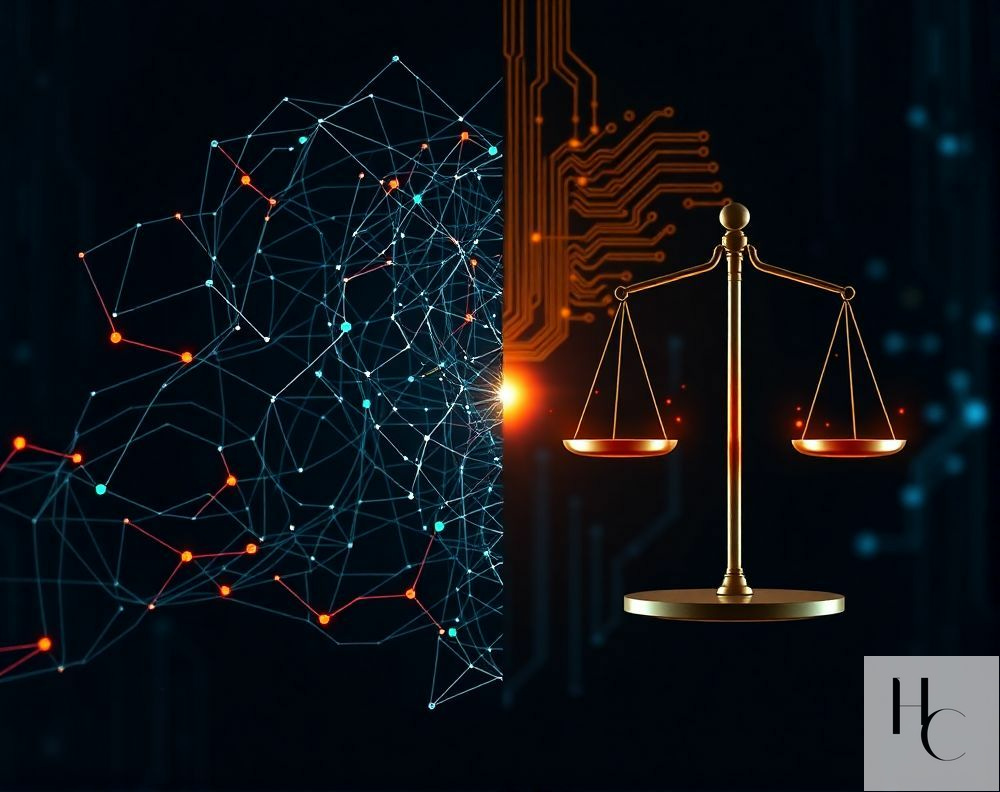In today’s fast-paced AI world, everyone faces a choice: follow the hype or lead with purpose. If you're tired of hearing the same buzzwords and want to dive into what really matters, this 12-week series on Responsible AI is for you.
We’ll go beyond surface-level conversations to explore the real ethical challenges in AI, the latest trends shaping the industry, and practical strategies to build AI products that drive positive change—not just profits.
Ready to become a leader in the AI revolution and make a lasting impact? Let’s embark on this journey together!In recent years, Artificial Intelligence (AI) has become an integral part of our daily lives, powering everything from search engines to smart assistants and financial decision-making tools. While AI holds the promise of unprecedented innovation, it also presents new ethical challenges—chief among them, bias and fairness in AI systems.
As we move towards more AI projects, understanding and addressing these challenges is crucial for building responsible and equitable AI products.
Let’s dig deeper into what bias in AI looks like, why fairness matters, and how we can ensure fairness in their AI systems, backed by real-world data and case studies.
Understanding Bias in AI
Bias in AI arises when an algorithm produces results that systematically favor or disadvantage certain groups of people. This bias typically stems from biased data, flawed model designs, or subjective decision-making processes in the development lifecycle.
Types of Bias in AI
Keep reading with a 7-day free trial
Subscribe to The Product Lens to keep reading this post and get 7 days of free access to the full post archives.




